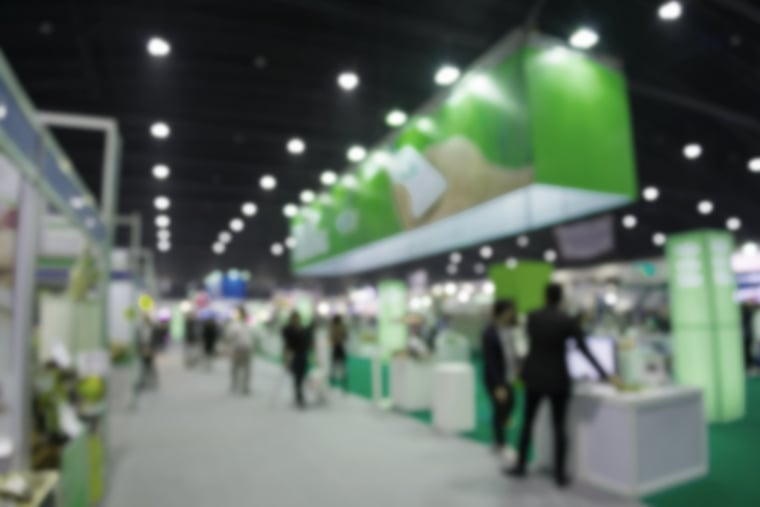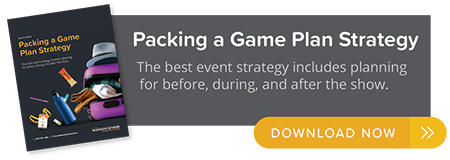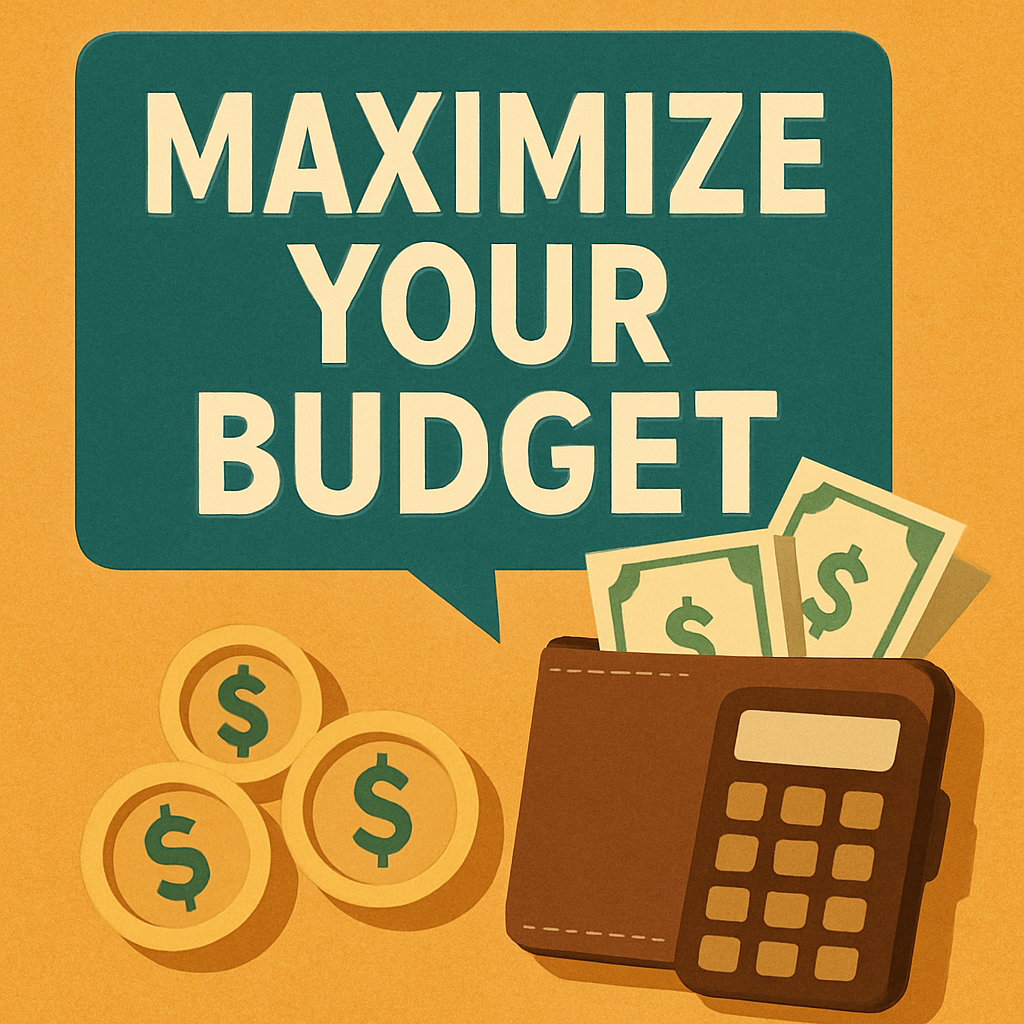Attending a trade show can be an expensive proposition for even the most budget-conscious traveler. Who hasn’t gotten sticker shock from the rising costs of airline tickets, hotel accommodations and meals? Those cash outlays, though, are just the beginning of the story. How about all the time you spend navigating the aisles? Whatever time you spend at the show is time away from your place of business. And that can represent an opportunity cost far greater than your total out-of-pocket expenses. Of course, trade shows offer tremendous business opportunities of their own – for those attendees who do things the right way. How to?
Here, trade show consultants reveal 18 ways to enjoy a solid return on your investment in time and money by avoiding the most common – and costly – errors made by trade show visitors.
1. Neglecting advance planning. Most consultants cite the lack of sufficient advance planning as the No. 1 reason trade show visitors spin their wheels. Pre-show preparation is of paramount importance to any trade show attendee. Gone are the days when you could just show up at a show and start shopping. Today’s trade show goers are using technology to make sure every minute counts.
preparation is of paramount importance to any trade show attendee. Gone are the days when you could just show up at a show and start shopping. Today’s trade show goers are using technology to make sure every minute counts.
2. Defining goals that are too general. When deciding what you want from the show, avoid general statements such as “seeing what’s new” or “seeing our suppliers.” At the end of the show, you will feel as though you failed to accomplish all you could. Instead, ask yourself: What is the biggest problem at my business? Then take it to the show with the idea of getting answers. One question – or a series of similar questions – will keep you focused on what you really need to accomplish at the show.
3. Not developing a strategy to reach goals. You may fail to reach your goals because you did not plot a detailed strategy. Define a game plan so your steps are laid out before you arrive at the show. The steps in the strategy should result in achieving your stated goals. Part of a successful strategy is to allocate tasks among co-workers who will be attending the show. Do this early enough to avoid the duplication of effort that would otherwise result when different people plan to accomplish the same goals.
4. Failing to get a floor plan and booth directory in advance. Most shows offer floor plans, which list booths numerically, and directories, which list exhibitors alphabetically. These are often available on the web. Download them and use them to plan your day.
5. Not prioritizing sections of the floor plan. Try to estimate how many booths you will be able to visit for the time you have at the show. The average attendee spends about 13 minutes at each exhibit targeted for a visit, according to the Center for Exhibition Industry Research. Add your walking time, eating, resting and the chance encounters with peers. Considering that slack time, figure you can visit maybe three booths each hour. These are booths run by exhibitors you specifically want to see – not unknown booths where you stop for quick looks while walking the aisles. That comes to 18 booths in a six-hour period.
6. Making too many appointments. Don’t get carried away when you make appointments. Trying to squeeze too many in one day can make you less effective on the floor. That’s because you can easily fall behind and start rushing from one appointment to another before you have all the information you need.
7. Carrying too much. Travel light. Hauling a briefcase and other unnecessary items can slow you down and tire you out, making you less effective in the booths. If possible, carry only what you need to take notes, along with your specific questions and your floor plan. And don’t weigh yourself down with lots of product literature from the booths.
8. Wearing the wrong shoes. This mistake – wearing uncomfortable shoes – was universally cited as a damaging error that can erode productivity.
9. Omitting an “early bird” visit. If you visit the show building early in the morning, prior to the official opening time, you will find lots of magazines and product literature waiting in bins. Gather it up, pack it in a box and check it before the show begins. Then it’s out of the way. The show may also ship it to your office for you. You haven’t missed anything, and you won’t weigh yourself down.
10. Not previewing the show. Schedule some time to “scope” the show before you start the walk that you have laid out. Walk the entire show floor quickly, looking for unexpected exhibitors or products. Take notes on what looks interesting. Then sit down and adjust your floor plan and walking path to include them.
11. Following the crowd. You are showing your independence from the mob by planning a productive trade show visit. Take that one step further: Walk the show in reverse. You will get faster attention from the booth staffers if you walk against the traffic. Most visitors start in the front of the show and crowd the booths. If you start in the back, you will be talking with staffers who are not already crowded by other buyers. You will be able to cover a lot more booths right off the bat.
12. Ignoring the doggie booths. The smaller and newer booths can provide leads for new products that can make your visit even more successful. You’ll see lots of interesting, off-the-wall stuff from exhibitors who are new to the show. These booths are great for generating creative ideas. Get in and get out quickly, taking notes on new products you can use.
13. Attending too many seminars. Be judicious when attending workshops. Ask two questions: “Is the material covered by the workshop so unique that I cannot obtain it elsewhere?” And: “Does the subject matter relate directly to my job and to why I have come to the show?”
14. Not steering the conversation at the booths. As the buyer, you are the one in control. Don’t be afraid to exercise that control by steering the conversation at the booths, navigating it toward benefits that will help you make more money.
15. Writing sloppy notes. Where do you jot your notes? On the backs of business cards? In the margins of show directories? Along the tops of product literature sheets? Show visitors can think of as many ways to confuse themselves as there are blank spots on paper. Avoid them all. If you return home with a bunch of sloppy notes on all kinds of paper, you’ll never get them organized enough to achieve the goals you set for the show. Key your notes into your PDA, talk them into your voice recorder or jot them into a small pocket notebook. Some attendees take photographs of products or displays. This can be helpful later when you plan your own uses for the product. However, call the show manager first to ask if taking photographs is permitted.
16. Not exploiting “slow” hours. Every show has its hours when the aisles are as calm as a country pond at midnight and the booth staffers stand around yawning and staring at each other like owls. This is the best time to make appointments, especially with your high-priority companies whom you really must see.
17. Not monitoring promises to follow up. Don’t let the exhibitor get away with breaking a promise to contact you with requested information. Many exhibitors fail to follow up as promised after the show has closed its doors. That means a lot of wasted time. You never get the information that you need to make better buying decisions.
18. Not updating co-workers. Prepare a brief report for your co-workers. What trends did you spot? Applications? New products and technology? Your sharing will not only spread useful and enlightening information but will reinforce your learning process as well.
Guest blogger: Phillip M. Perry - https://www.lpgasmagazine.com/18-costly-mistakes-of-the-trade-show-attendee/






